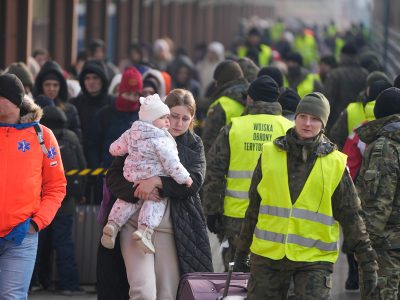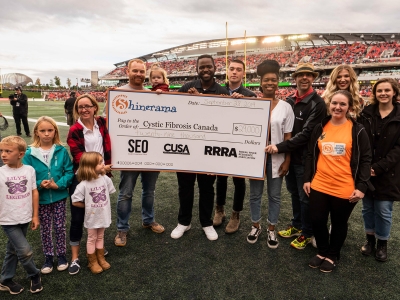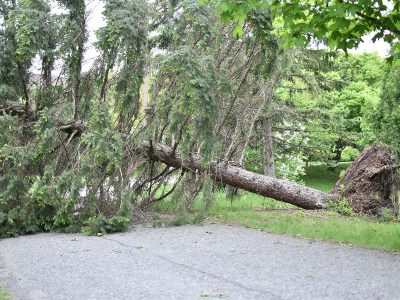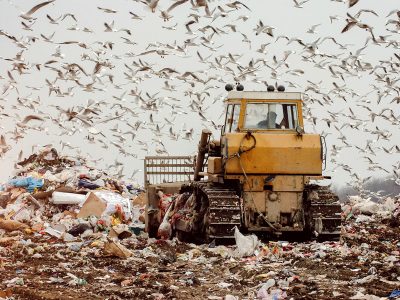When Canada’s Paralympic ice hockey team builds its next Olympic champion from grassroots players across Canada, they’ll have an ace in the hole — an enhanced understanding of the sport’s unique biomechanics.
Carleton biomedical engineering PhD candidate Alicia Gal is partnering with Hockey Canada on a longitudinal study of how the sport’s seated style of skating actually works.
Seated on a sledge, para-ice hockey players push themselves across the ice using handheld picks — a dramatically different motion from upright hockey’s striding style. Para-ice hockey’s skating motion more closely resembles double-polling in cross-country skiing.
So the wealth of biomechanical research for upright ice hockey is of little use in teaching new athletes the sport, and para-athletes’ individual physical uniqueness adds a layer of difficulty.
“There’s a higher level of complexity to biomechanical research for para-athletes,” Gal says. “Each athlete is different, and has a unique set of limitations. So each athlete will skate differently. We’re seeking to establish a general guideline.”
Gal’s research began with a naïve population — able-bodied athletes who had never participated in the sport. This replicates how para-ice hockey players often come to the sport: fresh out of rehab and seeking a way to have an active lifestyle.
“Skating is the foundation of the sport,” she says. “If a player can’t move themselves in the sledge, they can’t play.”
At the University of Ottawa’s Human Movement Biomechanics Laboratory (Dr. Mario Lamontagne and Dr Daniel Benoit ), Gal mapped the biomechanics of sledge skating using force plates, electromyography — a technique that captures electrical activity in muscles – and motion capture. Infrared cameras tracked athletes’ motions using reflective markers on participants’ bodies. (The biomedical engineering programs at Carleton U and the U of O are able to share resources as they are both part of the Ottawa-Carleton Institute for Biomedical Engineering.)
Read the full story at the Faculty of Graduates and Postdoctoral Studies page.
Tuesday, January 2, 2018 in Faculty of Graduate and Postdoctoral Affairs
Share: Twitter, Facebook



